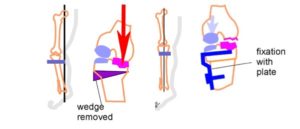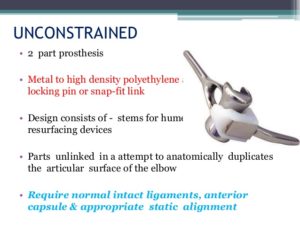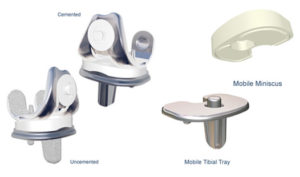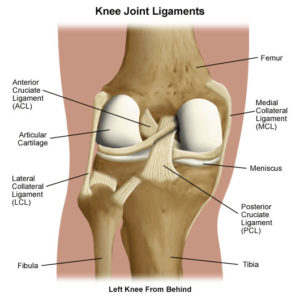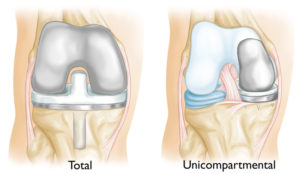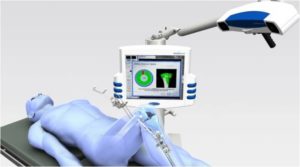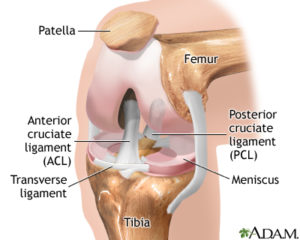Antibiotic Treatment
The choice of antibiotic
The selection of the antibiotic for the treatment of the infection around the total joint depends on the sensitivity of the bacterial strain that caused the infection.
Unfortunately, often there is more than one bacterial strain found in the infected joint.
Moreover, in about 10 -20 per cent of all total joint infections, no bacteria grow in the sample taken from the infected joint, although there are other obvious signs of infection present. (more…)
